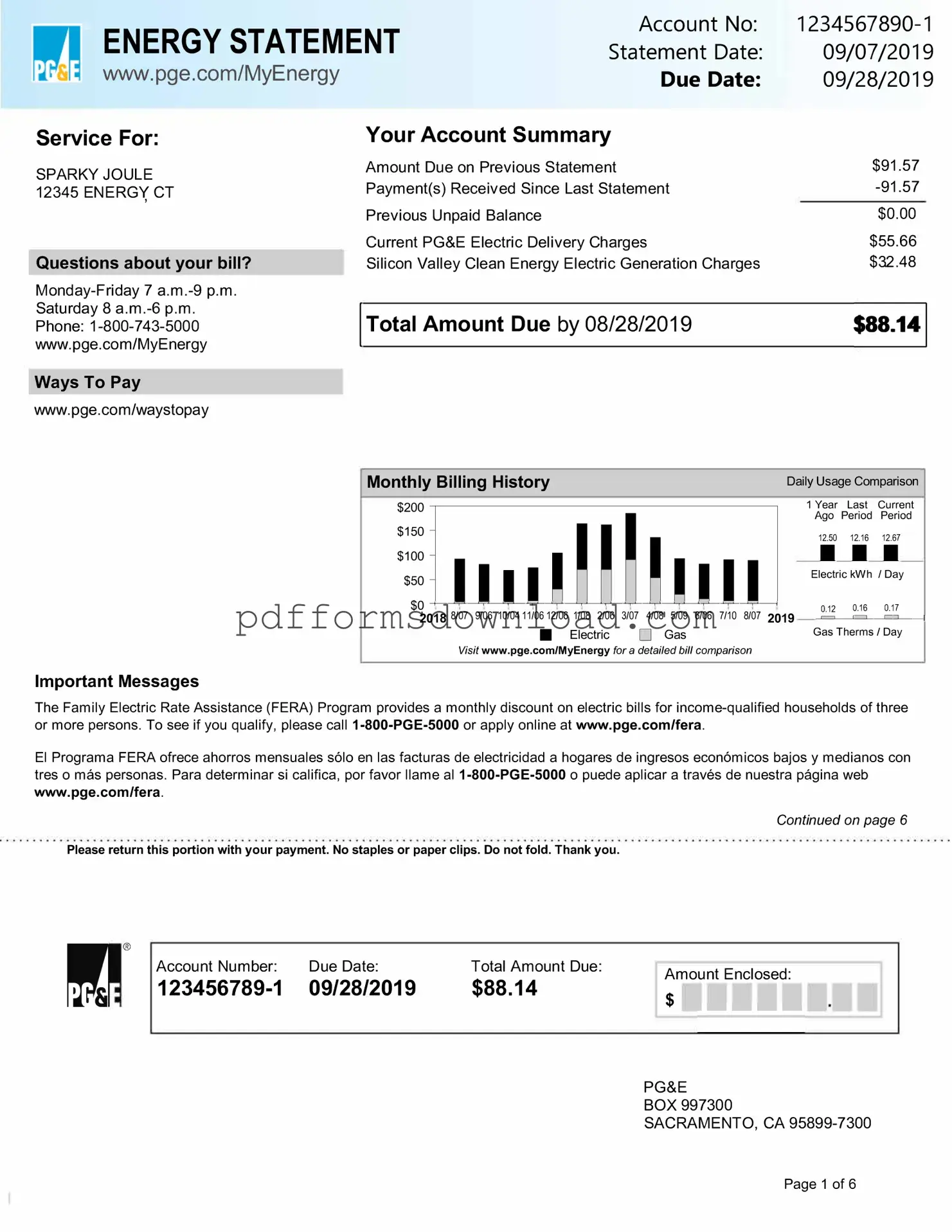What is the Utility Bill form used for?
The Utility Bill form is typically used to provide proof of residence or address verification. This document is often required for various applications, such as opening a bank account, applying for a loan, or registering for services. It includes essential details like the account holder's name, service address, and billing information.
Who needs to fill out the Utility Bill form?
Anyone who needs to verify their residential address may need to fill out this form. This can include individuals applying for government assistance, students registering for classes, or renters needing to prove their residency to landlords. It is important that the information provided is accurate and up-to-date.
What information is typically required on the Utility Bill form?
The Utility Bill form generally requires personal details such as the account holder’s name, service address, and contact information. Additionally, it may ask for the utility provider's name and account number, as well as the billing period and total amount due. Ensuring all information is complete and correct is crucial to avoid delays in processing.
How do I submit the Utility Bill form?
The submission process for the Utility Bill form varies depending on the organization or agency requesting it. Some may allow online submissions through their website, while others may require a physical copy to be mailed or delivered in person. Always check the specific submission guidelines provided by the requesting entity to ensure compliance.
What should I do if I don't have a utility bill in my name?
If you do not have a utility bill in your name, you can typically provide an alternative form of address verification. This could include a lease agreement, bank statement, or government-issued ID with your address. It is advisable to check with the organization requesting the Utility Bill form to confirm what alternative documents they accept.
